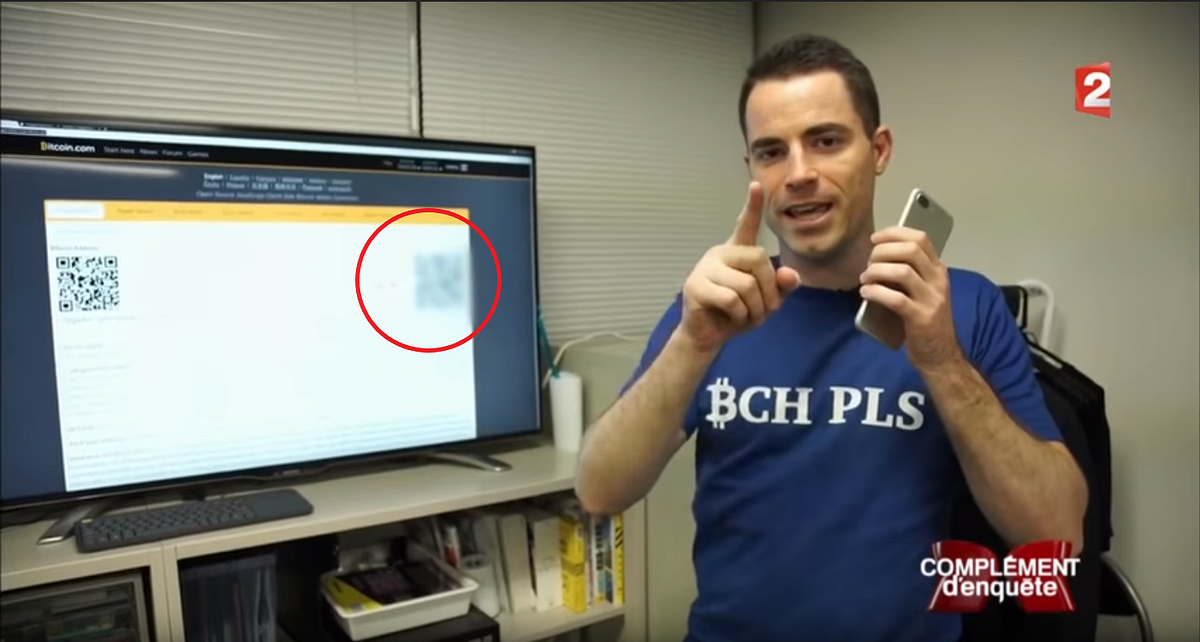https://www.theregister.co.uk/2017/12/01/us_voting_machine_security_hearing/
https://oversight.house.gov/wp-content/uploads/2017/11/Blaze-UPenn-Statement-Voting-Machines-11-29.pdf
Last week Matt Blaze gave a presentation before congress related to hacking elections. I have linked both the article and the testimony. The testimony is interesting to read and isn’t very long, here is an interesting tidbit on DRE:
“Electronic voting machines and vote tallies are not the only potential
targets for such attacks. Of particular concern are the back end systems that
manage voter registration, ballot definition, and other election management
tasks. Compromising any of these systems (which are often connected,
directly or indirectly, to the Internet and therefore potentially remotely
accessible) can be sufficient to disrupt an election while the polls are open
or cast doubt on the legitimacy of the reported result”
While everyone in the media is worried about the “glass” or booth, we should be just as concerned about the backend systems. I thought this article was also relevant because Matt Blaze is a professor over at Penn and a Philadelphia local.

